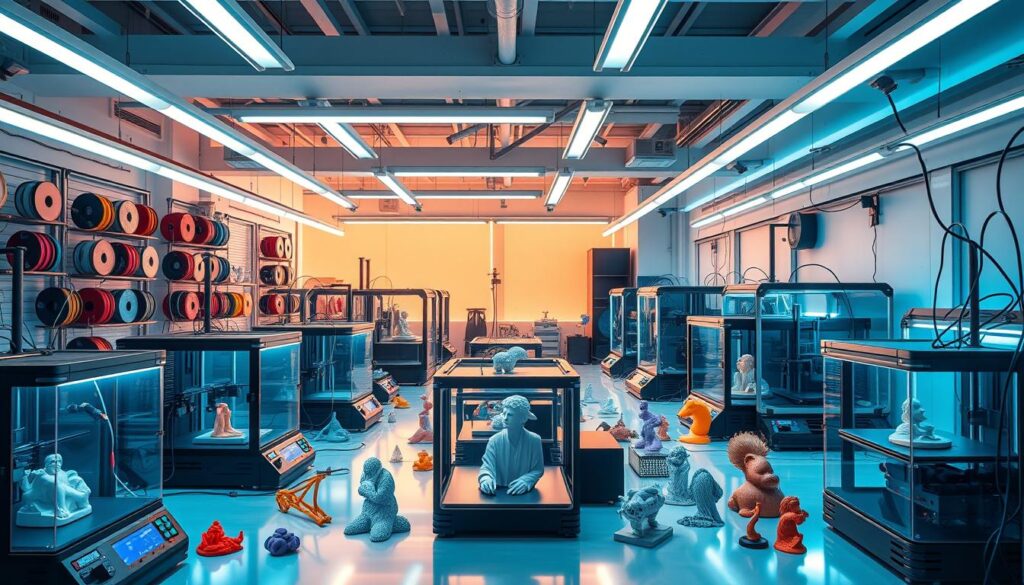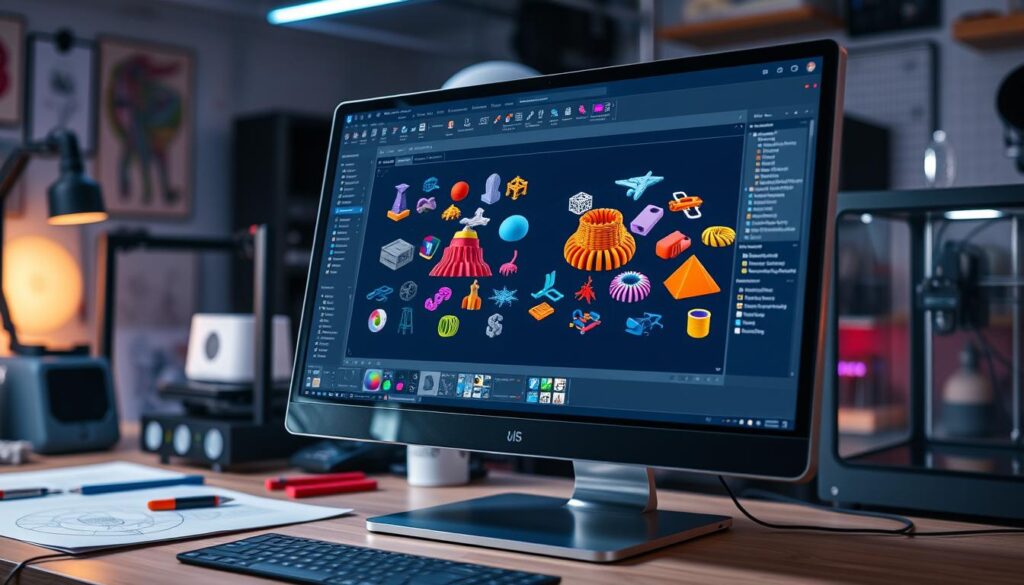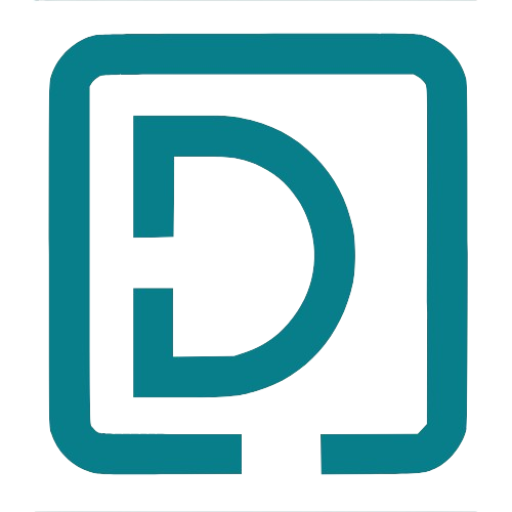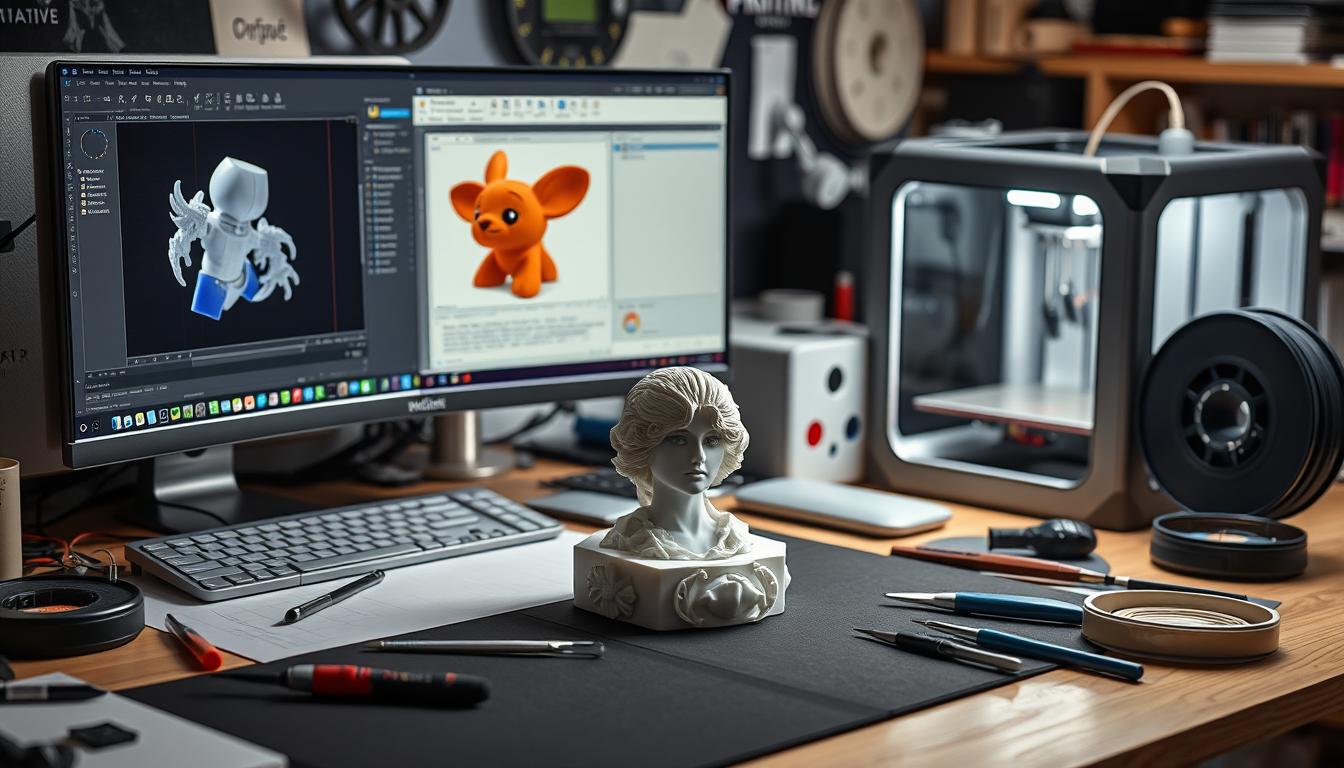Imagine turning your digital idea into a real object. Last year, Sarah, a local artist, wanted to create a unique sculpture for an exhibit. She spent hours designing it. But, she soon found out that getting a model ready for 3D printing needed careful attention.
She had to clean up the STL file and make sure the dimensions were perfect. Sarah learned that proper preparation is key to bringing your vision to life. Her experience shows how important it is to know how to slice 3D models right. This can help avoid printing mistakes and save materials.
In this section, we’ll cover everything you need to know to get your model ready for a successful print.
Key Takeaways
- Understanding the significance of model preparation is crucial for successful printing.
- Correct scaling and dimensions can prevent common printing issues.
- STL file cleanup enhances print quality and reduces material waste.
- Choosing the right file formats is essential for compatibility with printing software.
- Optimizing your model before slicing leads to better outcomes in the final product.
Understanding 3D Printing Basics
3D printing is a big step forward in making things, known as additive manufacturing. It makes objects by adding layers from digital designs. This is different from old ways that take away material.
Knowing the basics and different methods is key to using 3D printing well.
What is 3D Printing?
The 3D printing definition covers many ways to make real objects from digital designs. These methods are all about adding layers of material. This lets us make shapes and designs that old ways can’t.
Types of 3D Printing Technologies
There are many types of 3D printing for different needs. Here are three main ones:
- Fused Deposition Modeling (FDM): Uses melted plastic, great for quick prototypes and small batches.
- Stereolithography (SLA): Uses resin that hardens with light, for detailed and smooth finishes.
- Selective Laser Sintering (SLS): Fuses powdered material with lasers, for complex and strong parts.
Benefits of 3D Printing
The advantages of 3D printing are many, helping many industries. These benefits include:
- Rapid Prototyping: Quickly test and refine designs, getting products to market faster.
- Cost-Effectiveness: Saves money by using less material and reducing waste.
- Design Flexibility: Allows for easy changes without needing new tools.
- Complex Geometries: Makes shapes and designs that old methods can’t, improving products.

Choosing the Right Model
When you start with 3D printing, picking the right model is key. The right design software is crucial. It’s important to know the options for making quality models.
Design Software Options
There are many design software options for 3D printing. Beginners might like Tinkercad for its easy-to-use interface. It helps you make simple models without needing CAD experience.
For those with more skills, Autodesk Fusion 360 or Blender are great. They have advanced features for detailed work. Knowing what each software can do helps you pick the right one for you.
Free vs. Paid Design Tools
Cost is a big factor when choosing between free and paid software. FreeCAD is a strong free choice with many premium features. On the other hand, SolidWorks offers more for a price.
Think about what you need and how much you can spend. This helps find the best software for your project and budget.
Tips for Selecting 3D Models
When picking 3D models, quality is most important. Look at the model’s complexity, polygon count, and printer compatibility. These affect the print quality.
Use trusted sources like Thingiverse and MyMiniFactory for quality models. Always check the model’s details to ensure a great print.

Preparing Your Model for Printing
Starting a 3D printing project means making sure your model is ready. Checking its dimensions is key for accuracy. Scaling models right ensures they fit in the print space, avoiding mistakes.
Checking Model Dimensions
Before printing, it’s crucial to check the model’s dimensions. Use design software to measure accurately. This ensures the model fits the printer’s build volume.
Tools for precise adjustments are important. They help avoid printing problems. Always think about your project’s final size and adjust before printing.
Ensuring File Compatibility
File compatibility is another important step. Different printers use different file formats, like STL. Formats like OBJ and AMF are also used, depending on the printer.
Make sure your file is compatible to avoid printing issues. Use software for easy file conversions. This ensures your model meets the printer’s needs.
Adding Supports and Rafts
For complex or fragile models, supports and rafts are needed. Supports keep the print stable, especially for overhangs. Choosing the right support type and amount is crucial for a successful print.
Slicing software makes adding supports easy. It helps ensure a smooth printing process and reduces defects.
Finalizing the Printing Process
After preparing the model, the next step is slicing it. Tools like Cura or PrusaSlicer turn your 3D model into printer instructions. You’ll need to adjust settings like layer height and print speed for quality.
Choosing the right 3D printing materials is also crucial. Options like PLA, ABS, and PETG vary in durability and flexibility. Make sure to match your material with your project’s needs and your printer’s capabilities. Adjusting temperature and speed settings is important for the best results.
Doing a test print is a must to check your settings. A simple test can show how well your printer works without wasting too much time or material. Use small objects or low detail settings for this test. It helps check print quality and spot any problems early, making sure your big projects go smoothly.




